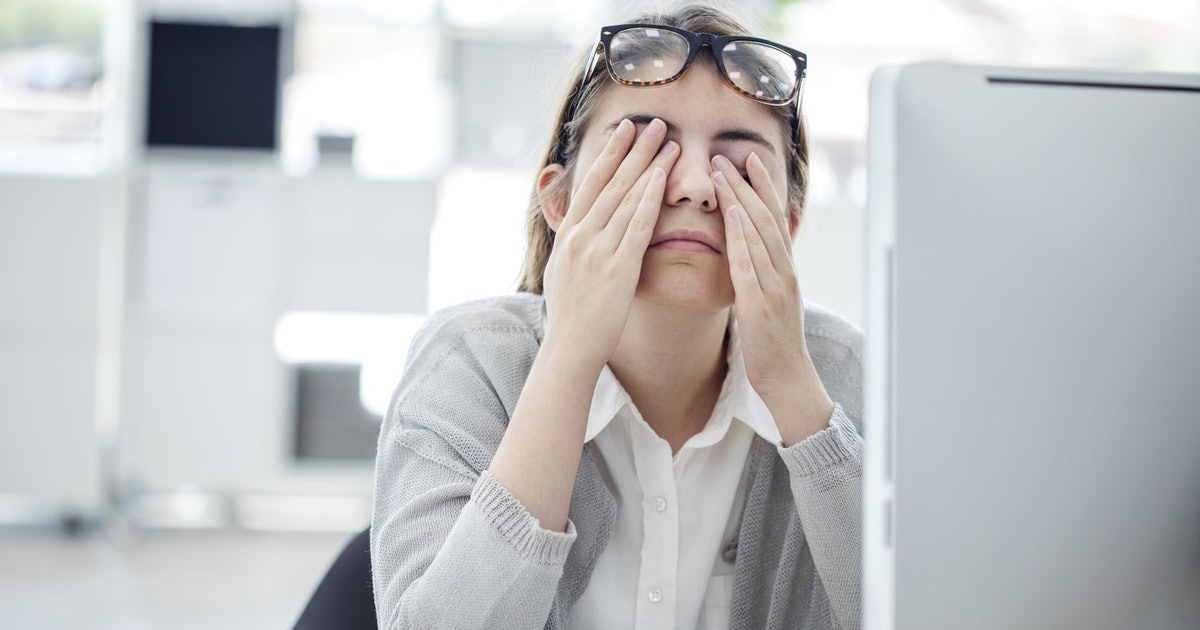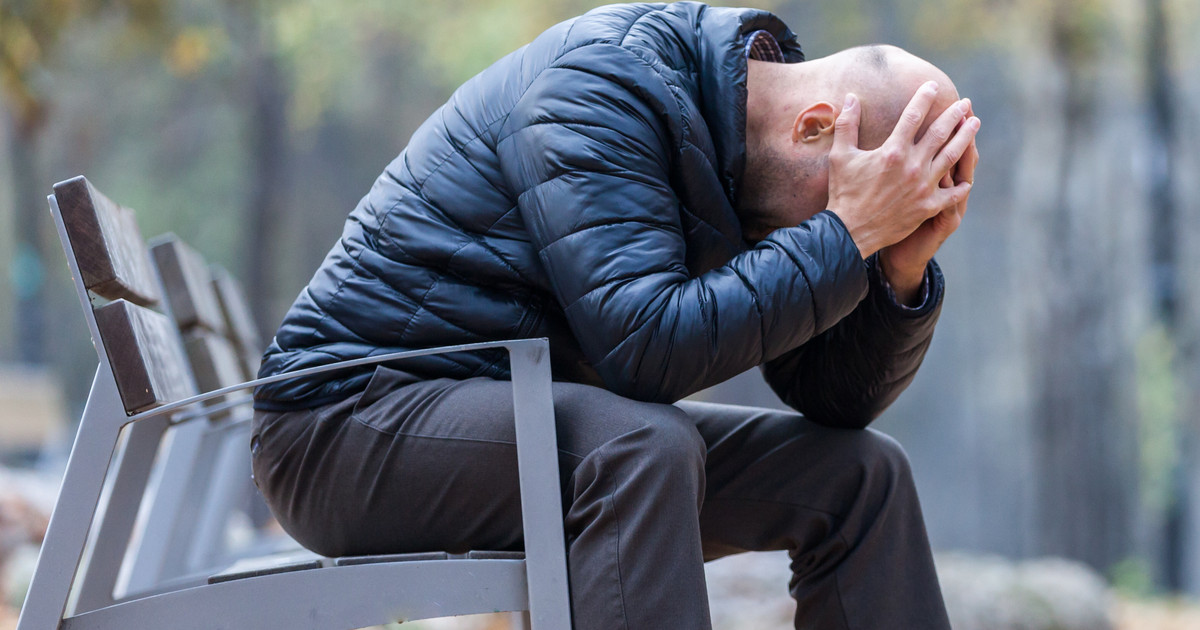Guide To The Warning Signs Of Seasonal Affective Disorder (SAD)
Seasonal affective disorder (SAD) is one of several types of depression. With this condition, an individual's mood changes are related to the changing of the seasons. Someone with seasonal affective disorder will begin experiencing symptoms at about the same time every year, and their symptoms will alleviate at the same time as well. Most seasonal affective disorder patients experience depression during the winter, when the nights are longer than the days. However, some cases cause depression in the spring or summer.
Many treatments for seasonal affective disorder are also common depression treatments. Thus, patients can take medication for depression to treat their symptoms. Psychotherapy for depression is also an option for seasonal affective disorder. Certain alternative therapies for depression may also be used. Other common treatments include light box therapy for depression. Patients will need a special seasonal affective disorder lamp for this method. Of course, treatment should begin with identifying the symptoms.
Issues Concentrating

Seasonal affective disorder can lead to severe issues concentrating. Like other types of depression, it can inhibit an individual's ability to focus and absorb information. Concentration issues can have a noticeable impact on the job performance of adults who work regular hours. The problems can be even more pronounced in teenagers. Adolescents need to maintain a high level of concentration to keep up with their schoolwork. Not only do they need to pay attention in class, but they also have to finish all of their outside-of-class work. Students with seasonal affective disorder often have low grades and missing assignments. They may perform well during the first few months of school, and then their performance may wane as winter begins.
A lack of motivation and trouble connecting to work is a classic sign of depression. Patients might struggle to complete normal day-to-day tasks and keep up with household chores. They might find themselves putting forth less effort in areas of their life at which they usually work hard.
Continue reading to reveal more signs of seasonal affective disorder now.
Low Energy

A lack of energy is often one of the first warning signs of seasonal affective disorder. For some individuals, low energy is their only symptom. The lack of direct sunlight in the winter can make it difficult for the brain to stay awake. Light therapy is used to help individuals wake up by mimicking the brightness of direct sunlight. However, light therapy boxes will not treat vitamin D deficiencies, which are also common contributors to seasonal affective disorder. Vitamin D deficiencies occur when patients do not get enough direct sunlight during the fall and winter.
Most patients with seasonal affective disorder begin to notice a lack of energy or unusual tiredness in the fall months. The fatigue becomes more severe as the days get shorter. Lack of energy is characteristic of all types of depression. The thing that sets seasonal affective disorder apart is that an affected person will only experience the lack of energy during certain times of the year. Unusual fatigue and tiredness is a reason to see a doctor, even if it is not caused by seasonal affective disorder.
Discover more symptoms of seasonal affective disorder now.
Oversleeping

Seasonal affective disorder can cause oversleeping and other disruptions to an individual's natural sleep patterns. A patient with seasonal affective disorder will often be unusually sleepy and lethargic throughout the day. They may feel as though they never quite wake up fully in the morning. At the same time, many individuals sleep longer than usual during the night. The longer nights affect a patient's biological clock. The body creates sleep-regulating chemicals based on the sun. When night falls earlier, the body gets sleepy earlier as well.
Darker mornings can make it much more challenging to wake up, even if individuals set alarms. Many patients with seasonal affective disorder find that they have to nap frequently during the day to complete their tasks. It is also common for these individuals to experience nightmares, which can affect their quality of sleep. Sometimes, phototherapy can help with seasonal affective disorder's sleep-related symptoms, since it helps recreate an individual's natural circadian rhythm. Healthy sleep is a vital component of depression treatment.
Reveal additional seasonal affective disorder warning signs now.
Feelings Of Depression

Seasonal affective disorder is sometimes called seasonal depression. It brings on feelings of depression, including sadness, apathy, hopelessness, irritation, fatigue, upset, and a lack of interest in hobbies patients previously enjoyed. The emotional effects of this condition can be debilitating. Though seasonal affective disorder only affects patients for part of the year, the mood changes can be just as severe as those seen in major depressive disorder. Some individuals may be at an increased risk of suicidal thoughts. Depression has a massive impact on a patient's quality of life.
If individuals cannot enjoy anything about their life, they will not feel as though life is worth living. Depression can be treated with psychotherapy and antidepressants. There are also self-care practices patients can do to have a more positive outlook. Individuals need to take time to do things that make them feel happy and satisfied, even if they do not believe they have time. If individuals cannot find anything that makes them happy, they should talk to a doctor about possible treatment options.
Learn more about the signs of seasonal affective disorder now.
Loss Of Interest In Activities

Like other forms of depression, seasonal affective disorder can lead to a loss of interest in activities. Patients may find that they no longer have the drive or passion for hobbies they used to enjoy. They might struggle to remember why they like a particular activity or bother spending energy on a certain creative project. Many patients with seasonal affective disorder stop socializing as much because they cease to participate in their social hobbies. This may lead to intense feelings of isolation.
It is normal for individuals to go through periods where they are uninterested in or uncertain about a preferred hobby. However, if they feel like nothing holds their interest anymore, it is a serious warning sign of depression. Thanks to advancements in seasonal affective disorder treatment, patients with this condition do not need to wait until spring to enjoy their hobbies again. Antidepressants and psychotherapy can work wonders.
